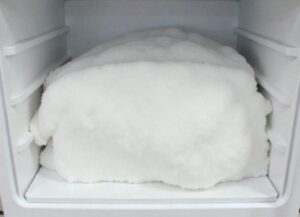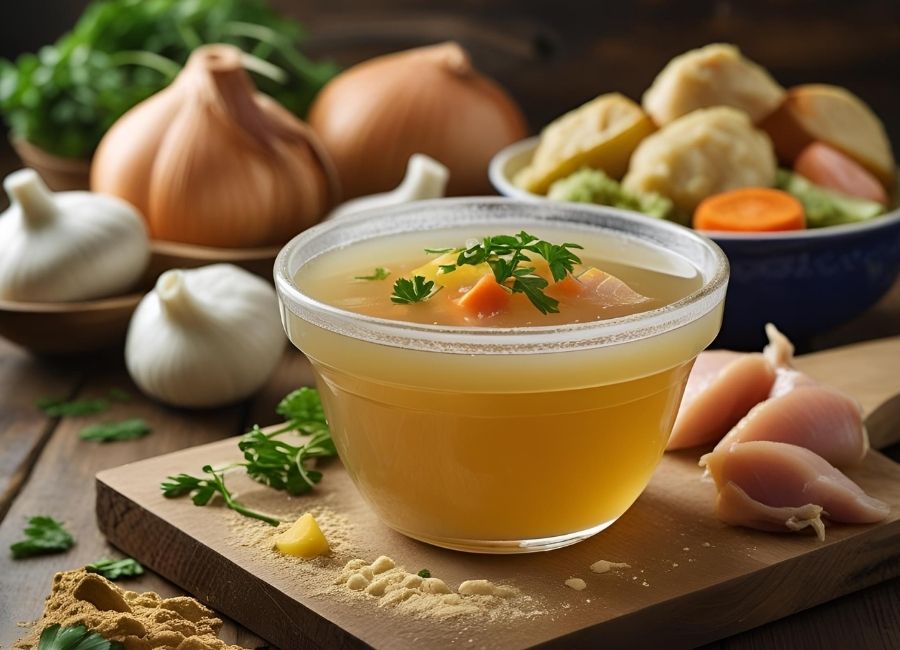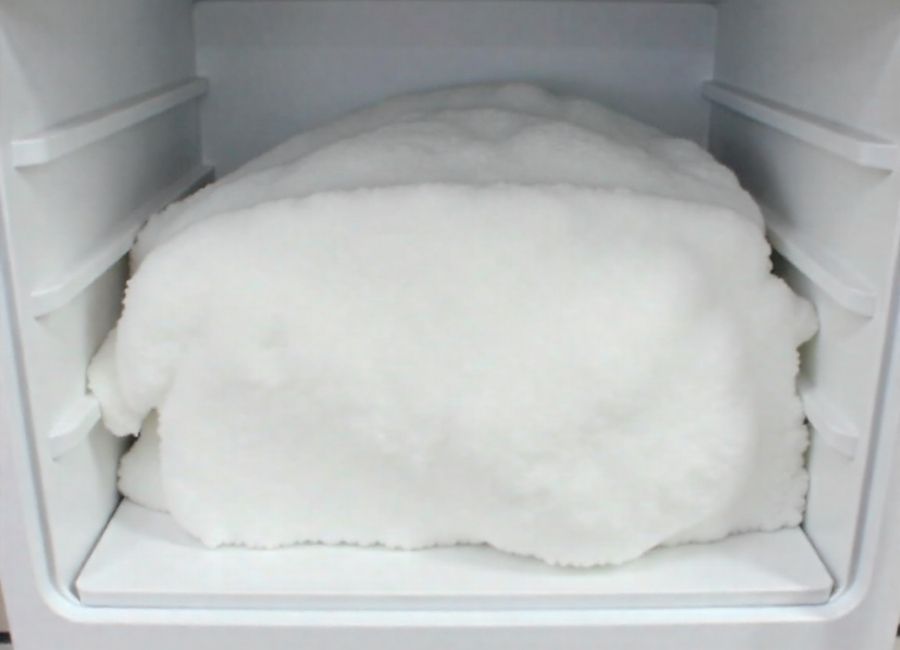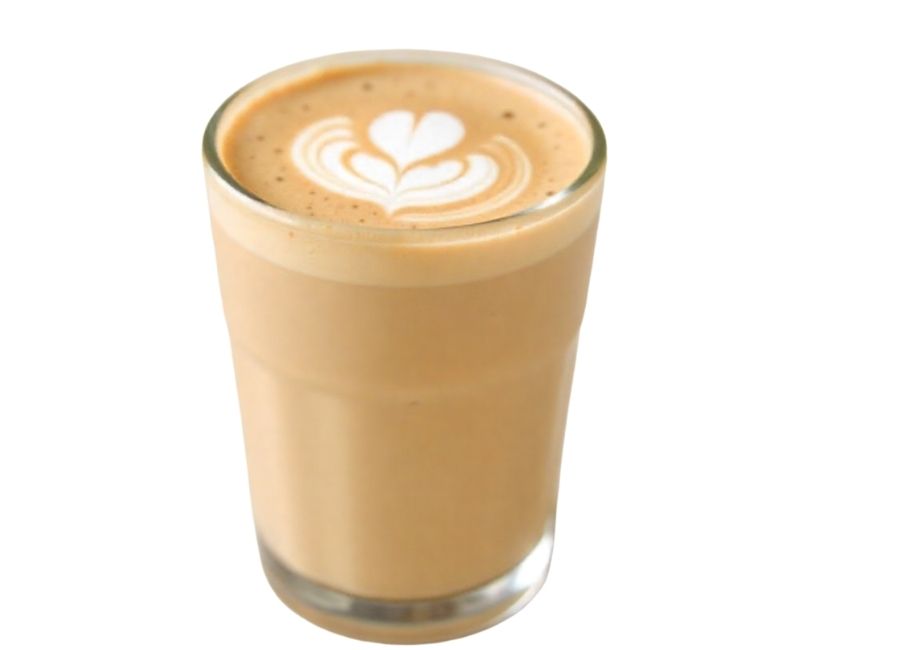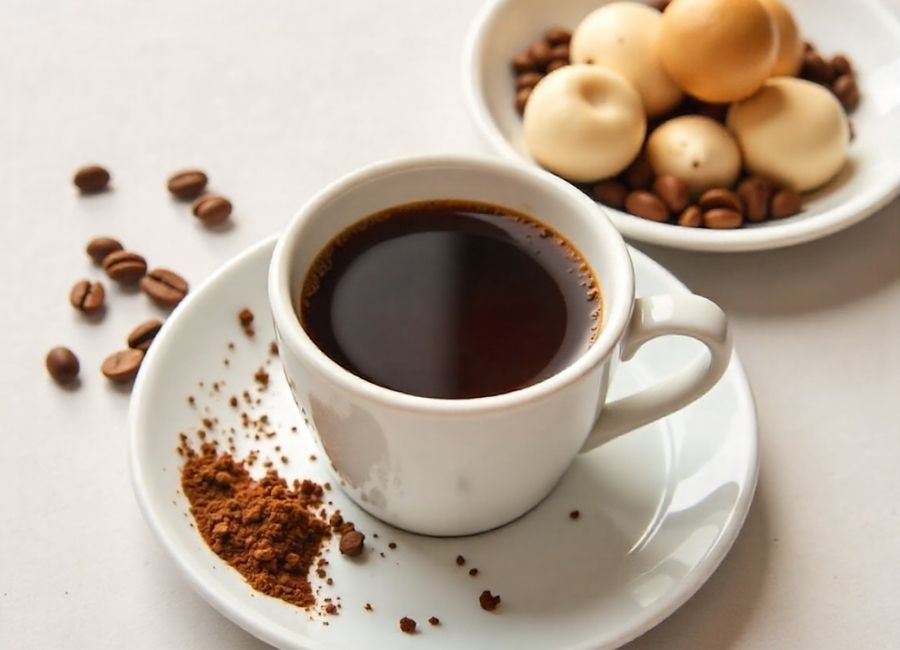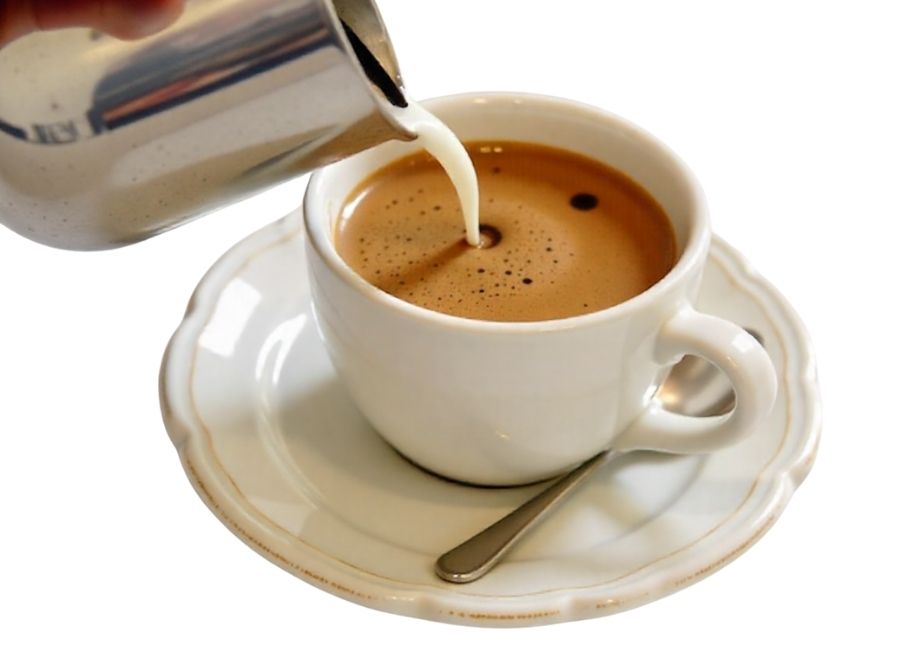Chicken broth serves as the backbone of countless recipes, from comforting soups to savory rice dishes. While homemade stock from scratch delivers unmatched flavor, sometimes you need a quick solution that doesn’t compromise on taste. That’s where chicken bouillon powder shines.
This pantry staple transforms into a satisfying broth in minutes, making it perfect for busy weeknight cooking or when you’re caught without fresh ingredients. The key lies in knowing the correct ratios and techniques to maximize flavor while avoiding the overly salty taste that gives bouillon a bad reputation.
The Basic Bouillon-to-Water Ratio

Start with the golden rule: one teaspoon of chicken bouillon powder per cup of hot water. This ratio creates a well-balanced broth that’s neither too weak nor overwhelmingly salty.
For best results, always dissolve the powder in hot or boiling water. Cold water won’t properly activate the ingredients, leaving you with clumpy, unevenly distributed flavors. Stir thoroughly until the powder completely disappears—any remaining granules will create pockets of intense saltiness.
Enhancing Your Bouillon Broth
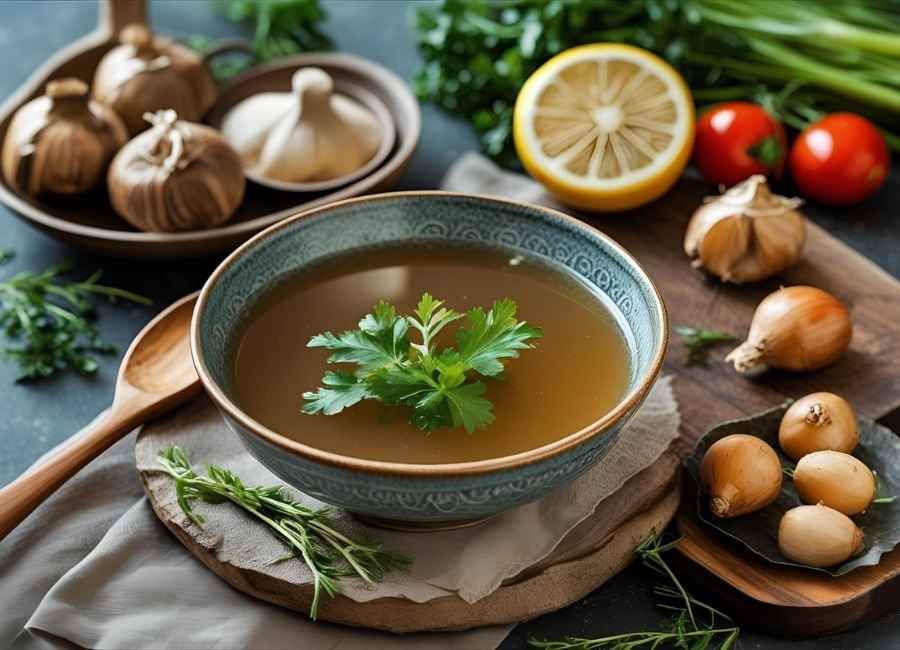
Transform basic bouillon into restaurant-quality broth with these simple additions:
Fresh aromatics make the most significant difference. Add a bay leaf, a few peppercorns, or a sprig of thyme while the broth simmers. Remove these before serving to avoid overpowering the dish.
Garlic powder or onion powder deepens the savory notes. Start with just a pinch—a little goes a long way with concentrated flavors.
A splash of white wine adds complexity and brightness. Pour in about a tablespoon per cup of broth and let it simmer for a few minutes to cook off the alcohol.
Common Mistakes to Avoid
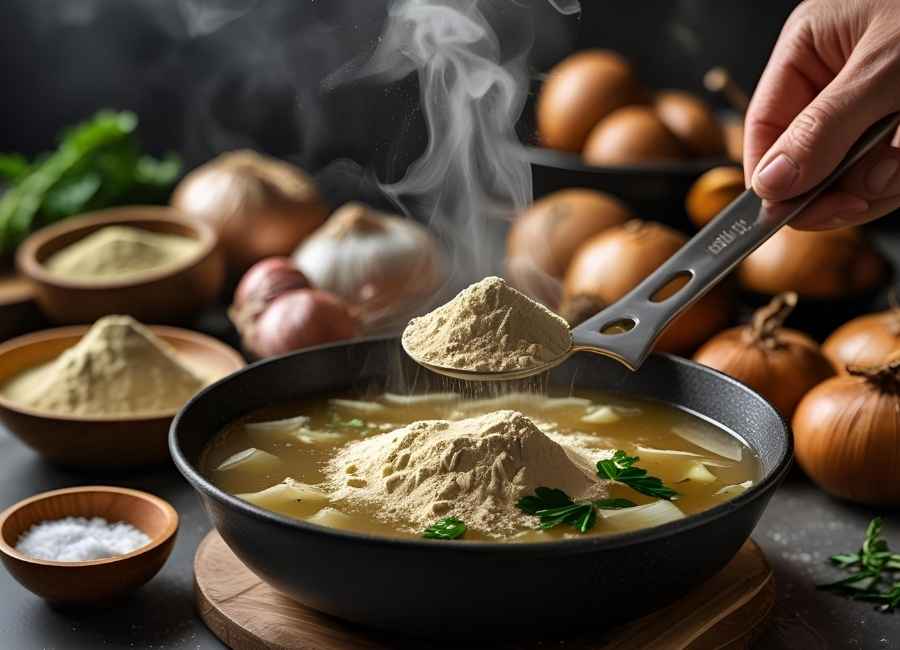
Many home cooks make the mistake of using too much bouillon powder, thinking more equals better flavor. This creates an unpleasantly salty broth that overpowers other ingredients. Always start with less—you can adjust the seasoning later.
Another frequent error is adding bouillon directly to recipes without tasting first. Different brands vary significantly in saltiness and intensity. Please take a quick sip of your prepared broth before incorporating it into soups, stews, or grain dishes.
Don’t forget that bouillon already contains salt. Reduce or eliminate additional salt in your recipe until you’ve tasted the final dish.
Storage and Shelf Life
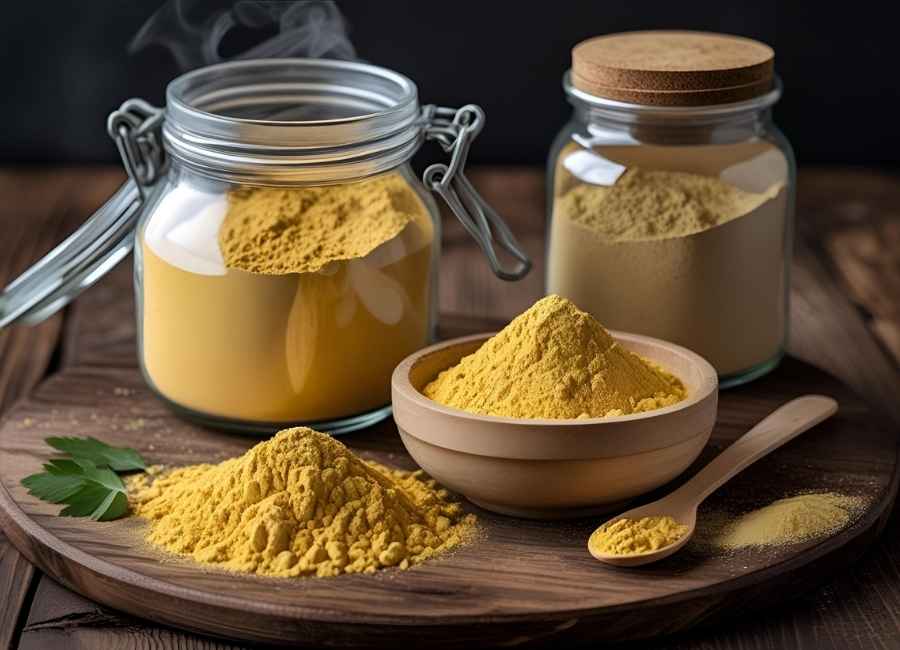
Store unused bouillon powder in an airtight container in a cool, dry place. Most brands remain fresh for 12-18 months, though they may lose potency over time rather than spoil.
Once you’ve prepared broth from bouillon powder, treat it like fresh stock. Refrigerate for up to three days or freeze in ice cube trays for convenient single-serving portions that last up to three months.
When to Choose Bouillon Over Fresh Stock
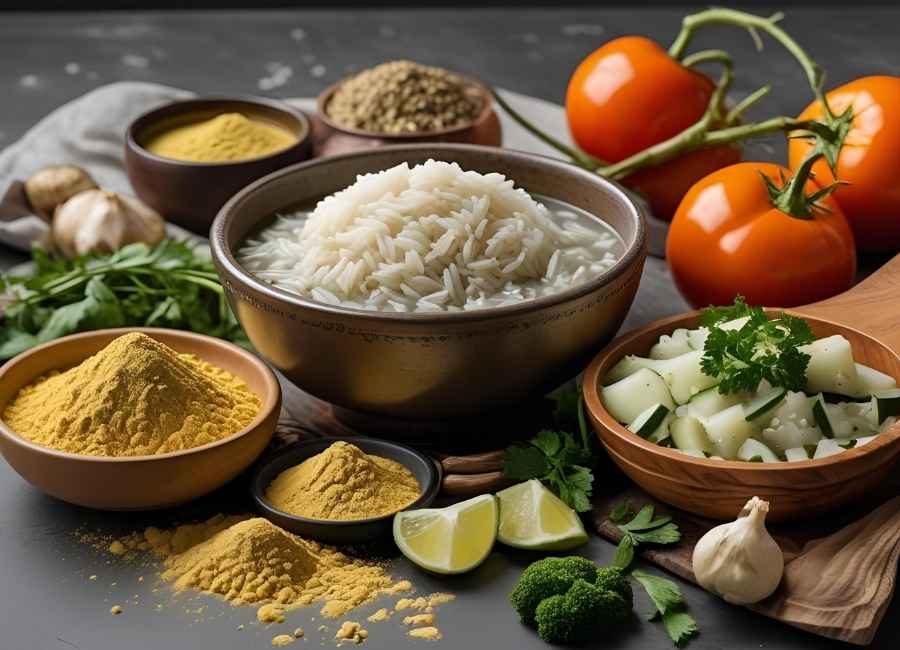
Bouillon powder works exceptionally well for recipes where the broth plays a supporting role rather than starring as the main flavor. Rice pilafs, quick soups, and braised vegetables all benefit from the convenience without sacrificing taste.
For dishes where broth is the star—like chicken noodle soup or French onion soup—consider using bouillon as a base and simmering it with additional ingredients like celery, carrots, and herbs to build more complex flavors.
Make Every Bowl Count
Chicken bouillon powder offers home cooks a practical way to create flavorful broth without the time commitment of making stock from scratch. By following proper ratios, enhancing with simple additions, and avoiding common pitfalls, you can produce broth that elevates your everyday cooking.
The next time a recipe calls for chicken broth and you’re running short on time, reach for that container of bouillon powder. With these techniques in your back pocket, you’ll create satisfying, restaurant-quality results that prove convenience doesn’t have to mean compromise.
